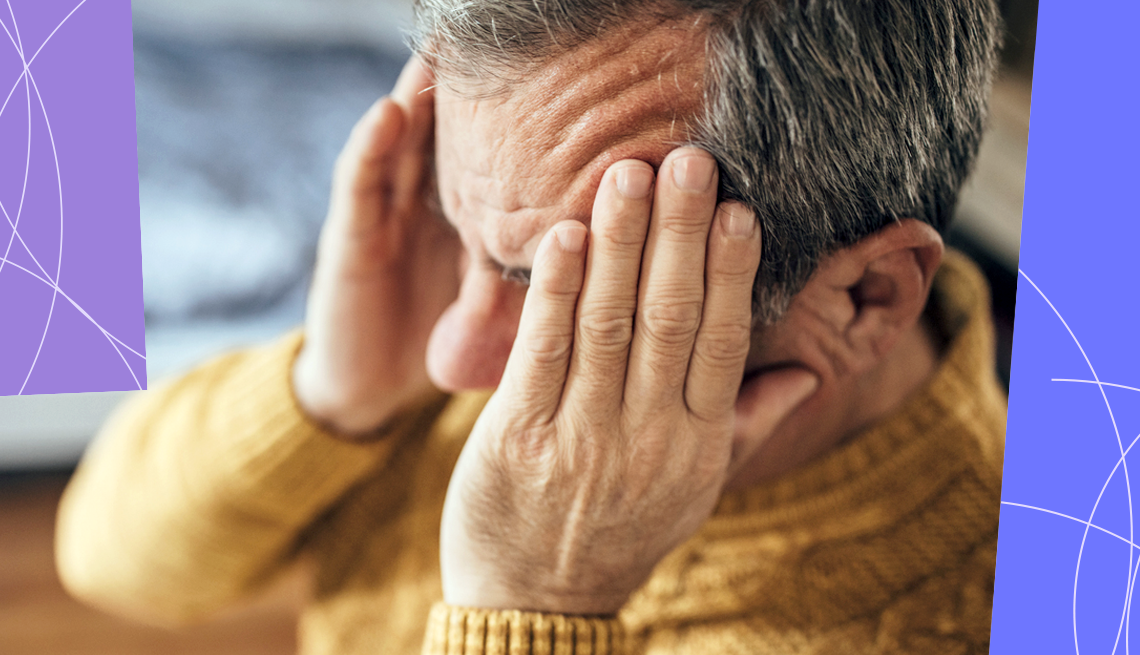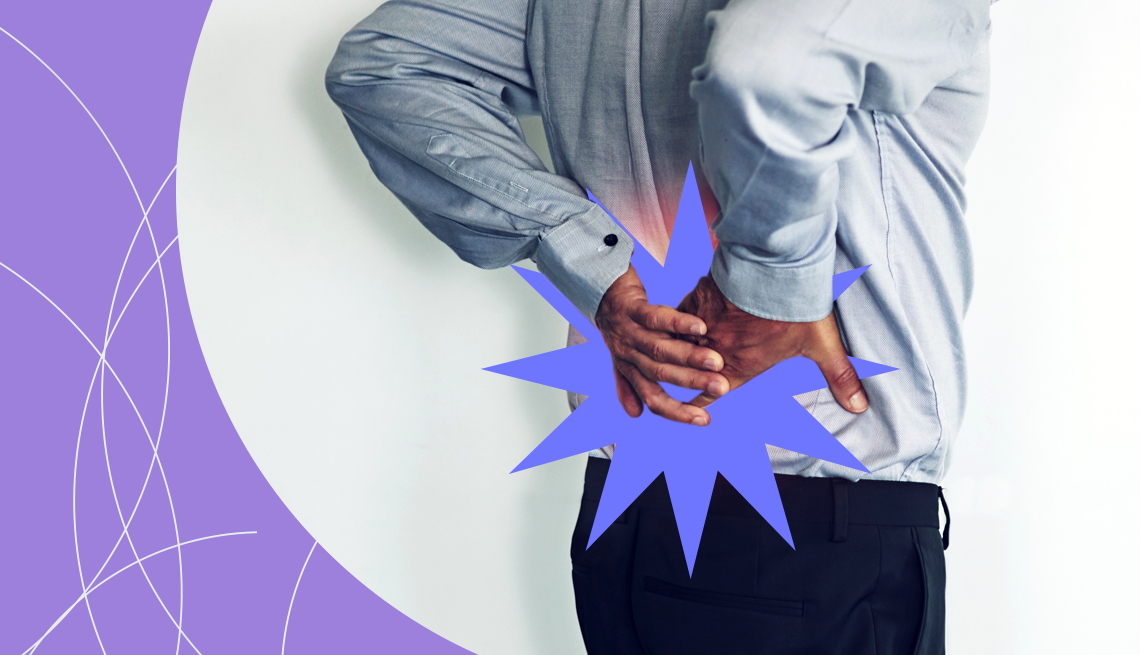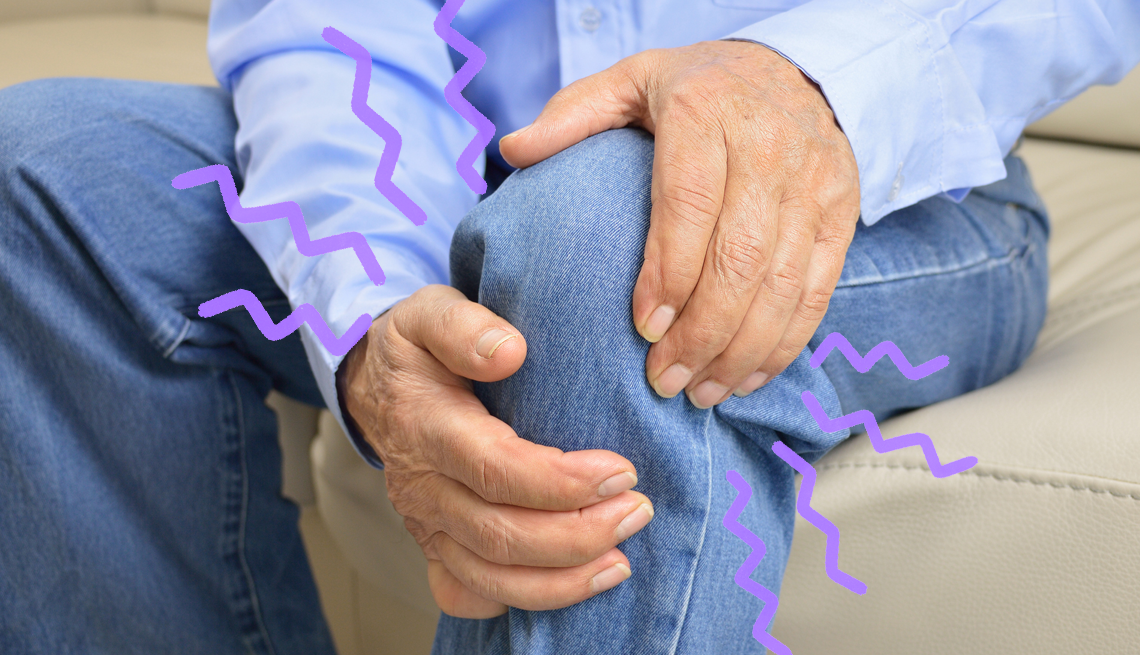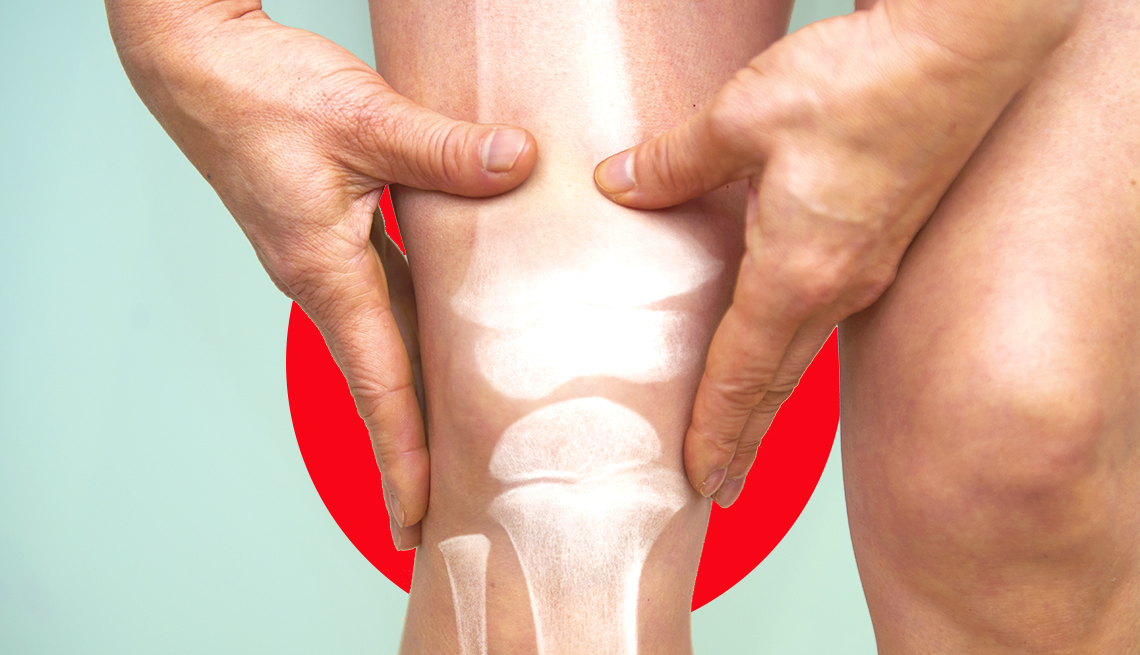AARP Hearing Center


If you’re hurting, see a doctor. It’s sound advice that may seem obvious, but older adults in particular sometimes write off pain as a function of aging and may wait too long to get medical attention, says Edwin Leap, M.D., an emergency physician in Southern Appalachia.
He has seen it happen. And the results can be devastating.
“Boomers, especially, are very stoic,” Leap says. Federal data shows that in 2023, 36 percent of adults age 65 and older reported chronic pain. Nearly 30 percent of individuals 45 to 64 said they were in pain last year. “They’re used to things hurting. So they put off chest pain for a day or two, and by the time they come to the hospital, they’ve completed a heart attack. Or they fall off a ladder, get up and say they’re fine. Then it turns out they have an intracranial hemorrhage — a life-threatening situation,” Leap adds.
Any new or unexplained pain should be checked out by a doctor, Leap says, even if it’s not severe.
Of course, some types of pain are more likely to signal something serious. Doctors recommend heading straight to the emergency room if you’re experiencing one of the types below.
1. Pain with loss of function
If you hurt your leg but can still walk on it, it may be just a sprain. “But if you can’t move it and you’re having pain, that should be investigated immediately,” Leap says. Loss of function can indicate a fracture, nerve injury, loss of blood flow or a serious infection.
2. Eye pain that comes out of nowhere
Sudden or acute eye pain, with or without vision changes, can point to a serious problem that should get looked at right away, says Michael Hanak, M.D., a family medicine specialist and associate professor at Rush University Medical College in Chicago. It could be caused by a blocked blood vessel, a detached retina, internal bleeding or acute glaucoma, a serious eye condition caused by increased pressure inside the eye. Eye pain can also be the first symptom of shingles, a viral infection that causes a painful rash, Hanak says.














































































More on Health
Does CBD Oil Help With Joint Pain?
What to know about the latest research on the remedy
Medical Advancements in Chronic Pain Treatment
Breakthroughs that can bring you relief.
7 Habits Causing Your Lower Back Pain
Making a few tweaks to your routine (or diet) might alleviate lots of discomfortTry These Tips for Living a Healthier Life
Small changes can add up to big mental and physical results